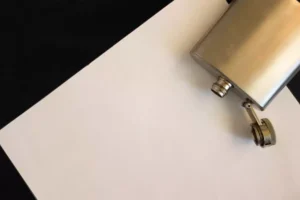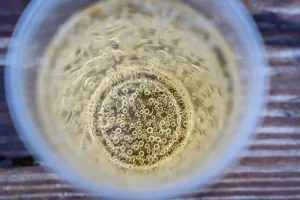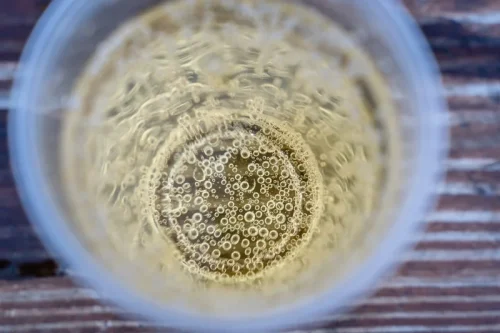
Additionally, meditation is a potent tool for alleviating stress, anxiety, and other emotions triggered and exacerbated by the process of addiction recovery. By promoting relaxation and a sense of calm, it aids individuals https://ecosoberhouse.com/ in navigating emotional turbulence without resorting to substance use. Additionally, practicing meditation can sometimes lead to increased self-awareness and the surfacing of uncomfortable emotions or past traumas. Without proper guidance and support, this could potentially cause distress.

For the last six years, her writing focus has been on addiction and mental health issues. For thousands of years, meditation has been an important spiritual practice in many cultures. However, meditation can be practiced apart from any religious beliefs, and many people today use it for the variety of ways it can support well-being. In the world of addiction recovery, meditation can help people establish a healthy balance that supports sobriety. This may be because meditation activates the brain’s prefrontal cortex, responsible for executive functions such as decision-making and impulse control.


Below, we discuss general clinical principles for using MBIs to intervene in Halfway house SUD and prevent relapse. Meditation, on the other hand, offers a comprehensive approach to addiction treatment, tackling both the physical and mental aspects. Meditation helps promote mindfulness, allowing individuals to better understand their cravings and effectively manage stress, which can be a potent trigger for substance use. By encouraging a deeper self-awareness and fostering resilience, meditation can serve as a powerful tool in overcoming addiction.
The facilitator takes you through a scenario as you use your imagination to feel various states such as happiness, peace, connection, or growth. This type of meditation helps you to explore your inner feelings, thoughts, and reactions. Meditation is a practice that involves training the mind to focus and redirect thoughts. It often involves finding a quiet place, assuming a comfortable seated position, and focusing attention on a specific object or sensation, such as the breath.

The goal is addiction meditation kundalini to cultivate a state of present moment awareness and non-judgmental acceptance of one’s thoughts and experiences. If you enjoy being active, movement meditation might be a good choice for you. If you need to improve your focus and learn to identify body sensations, focused meditation might be suitable. Your treatment team can help you to select a type of meditation that will benefit your addiction recovery.
These positive brain changes lead many people to try meditation for substance abuse recovery. The therapist introduces various meditation techniques, such as mindfulness and breath-focused meditation, and sets expectations for the session. You will meditate in a calm environment, guided on posture and breathing exercises, while focusing on your breath or visualizing calming scenarios. If I have a patient who is using drugs or even food to manipulate their moods I first refer them to a nutritionist; a psychiatrist or psychopharmacologist; or a holistic doctor, such as an integrative medical doctor, to break this habit.